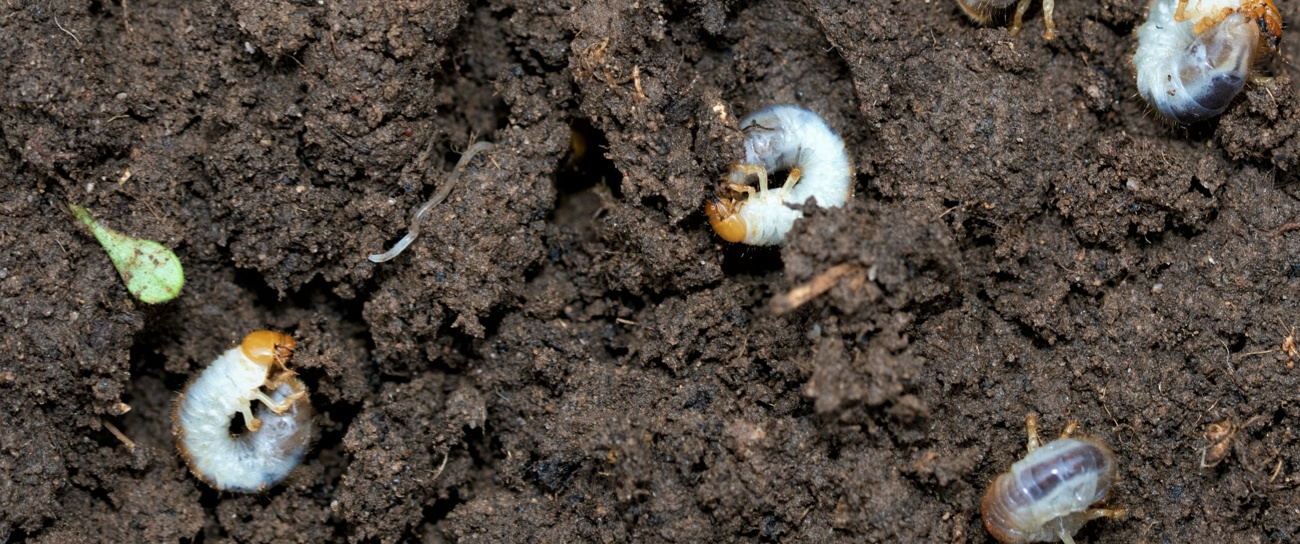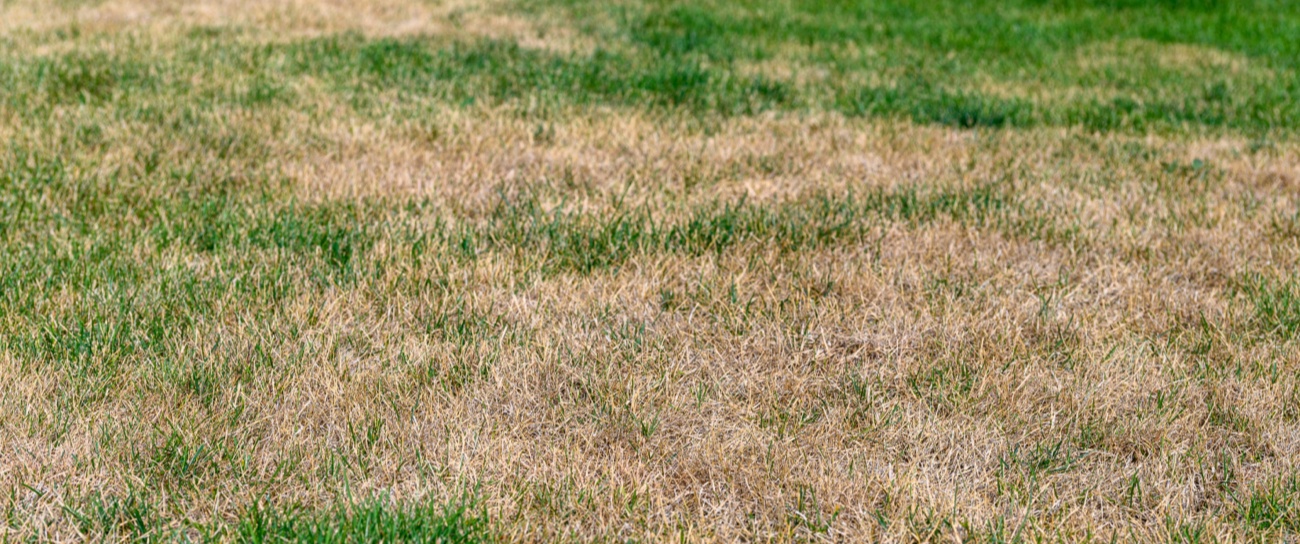Brown patches. Wilting grass. Expensive repairs.
If you’ve seen these signs in your lawn, grubs may already be at work—chewing through the root system and leaving damage behind. The frustrating part? By the time you see the symptoms, it’s often too late to fix without major effort and expense.
That’s why pre-emergent grub control is one of the smartest steps you can take early in the season. It’s not just a treatment—it’s prevention, protection, and peace of mind.

Why Timing Matters: Preventive vs. Curative Grub Control
When it comes to protecting your lawn from destructive pests like grubs, timing is everything. Here’s the key difference:
-
Preventive treatments are applied before grubs hatch—usually in early to mid-summer—targeting them in their most vulnerable stages. These treatments are more effective, longer-lasting, and easier on your lawn.
-
Curative treatments come after grubs are already active and feeding. By this point, your lawn is already under stress, and treatment options are harsher, more expensive, and less effective.
The takeaway? Acting early keeps your lawn healthy and your costs low.
The Grub Lifecycle
Grubs are the larvae of beetles like Japanese beetles and June bugs. These beetles lay their eggs in midsummer, and within weeks, the grubs hatch and start feeding on your lawn’s roots.
July–August: Beetles lay eggs in your lawn.
Late summer–early fall: Grubs hatch and begin feeding.
Fall: Root damage appears as brown, spongy patches.
Spring: Grubs mature and cause further damage before pupating.
To be effective, pre-emergent products like imidacloprid or chlorantraniliprole need to be applied just before or right as the eggs hatch. Waiting too long means switching to stronger chemicals—like trichlorfon—that are less effective, more expensive, and tougher on your soil.
Prevent the Damage Before It Shows
Grubs work underground, so by the time your lawn starts turning brown or wilting, the damage is already done. The roots are compromised, and the lawn struggles to recover.

Common signs of grub damage include:
-
Irregular brown patches
-
Turf that lifts up easily, like a carpet
-
Increased bird or animal activity (they’re digging for grubs)
Once grub damage is visible, your lawn may need more than just a treatment—it might need reseeding, repair, or even partial replacement. Pre-emergent care stops that chain reaction before it starts.
Save Money with Prevention
Prevention doesn’t just protect your lawn—it protects your wallet. Compared to curative treatments, pre-emergent applications are more affordable, easier to apply, and less disruptive to your lawn’s overall health. Waiting until grubs are active often means higher costs, stronger chemicals, and additional lawn repairs like reseeding or even sod replacement. By investing early in a preventive treatment, you minimize the risk of damage and avoid the expense and hassle of restoring your turf later in the season.
Smarter Lawn Care with IPM Principles
Lawnganics follows Integrated Pest Management (IPM), a strategy that focuses on proactive, targeted treatments to reduce chemical use and protect the environment.
With a preventive approach:
-
You treat only when and where necessary
-
Beneficial insects and pollinators are less impacted
-
Your lawn stays healthy and resilient all season long
It’s the sustainable choice—for your lawn, your family, and the planet.
Take Action Today
Don’t wait until your lawn turns brown and brittle. Sign up for our pre-emergent grub and insect control program today and enjoy the peace of mind that comes with healthy, protected turf. Early-season action is the cornerstone of smart, sustainable lawn care—and we’re here to make it easy for you. Contact us now to get started!



